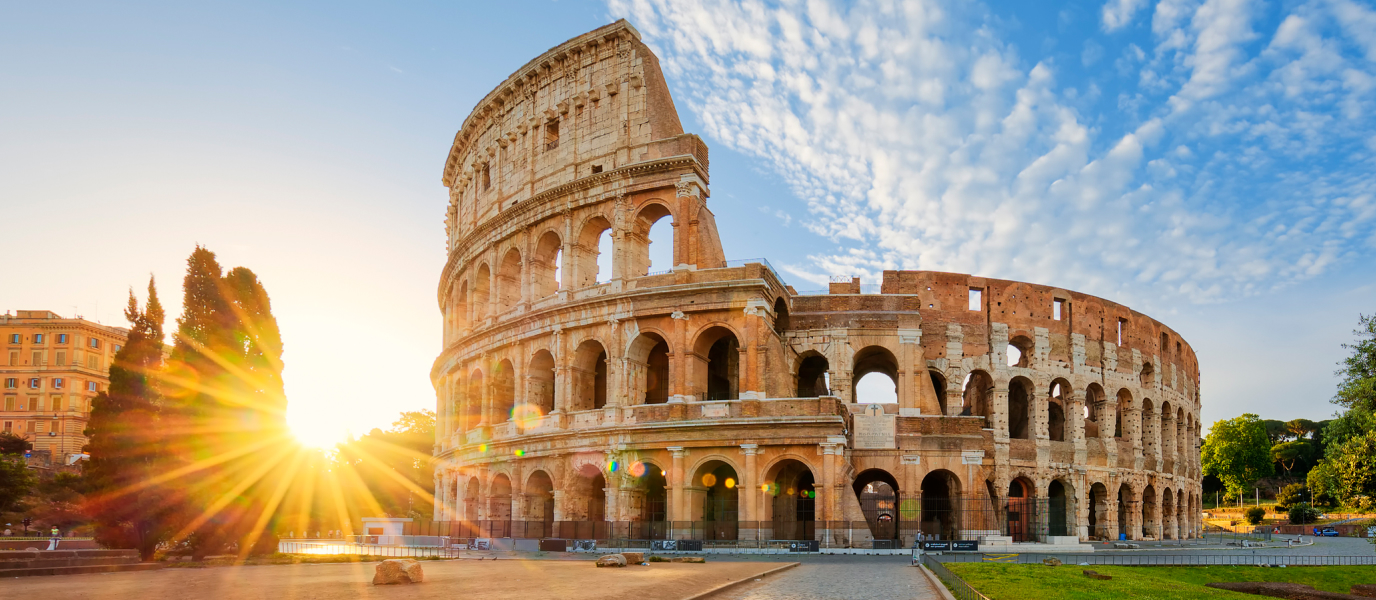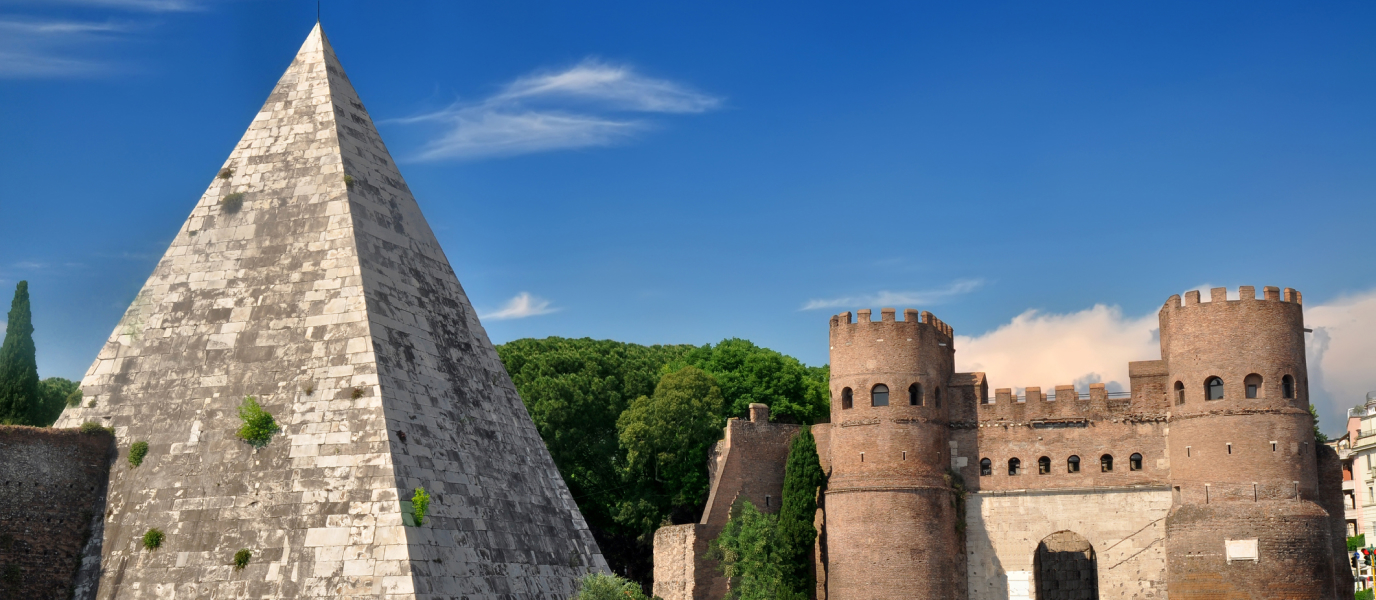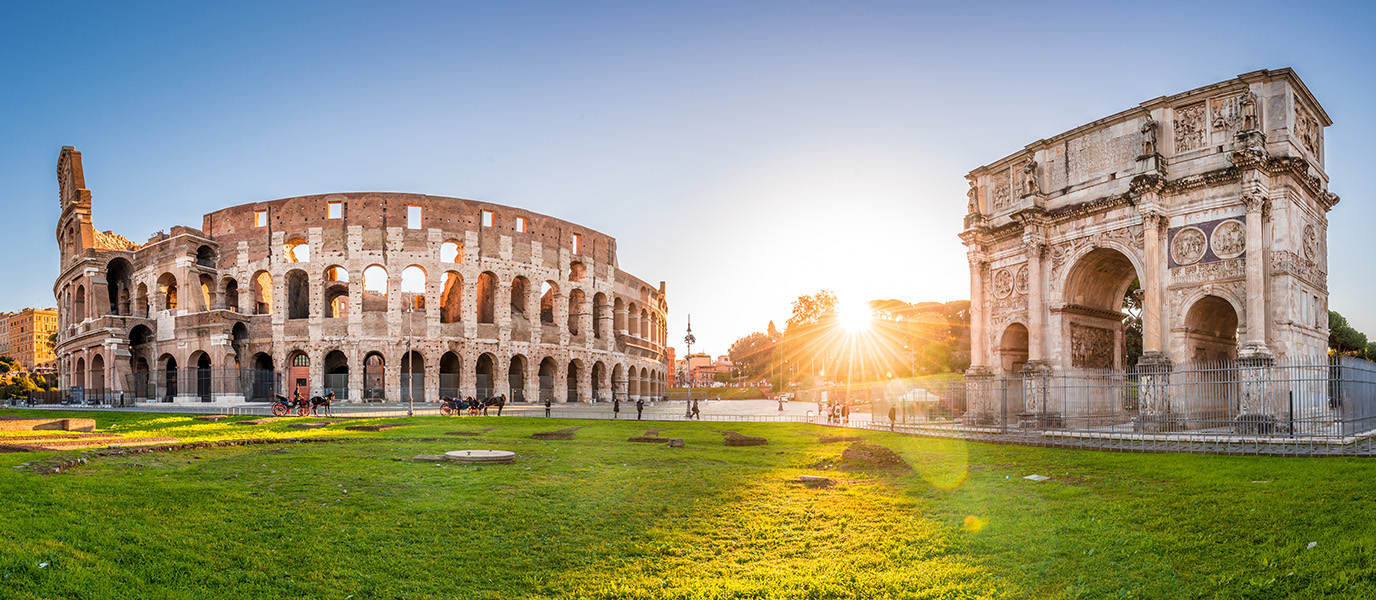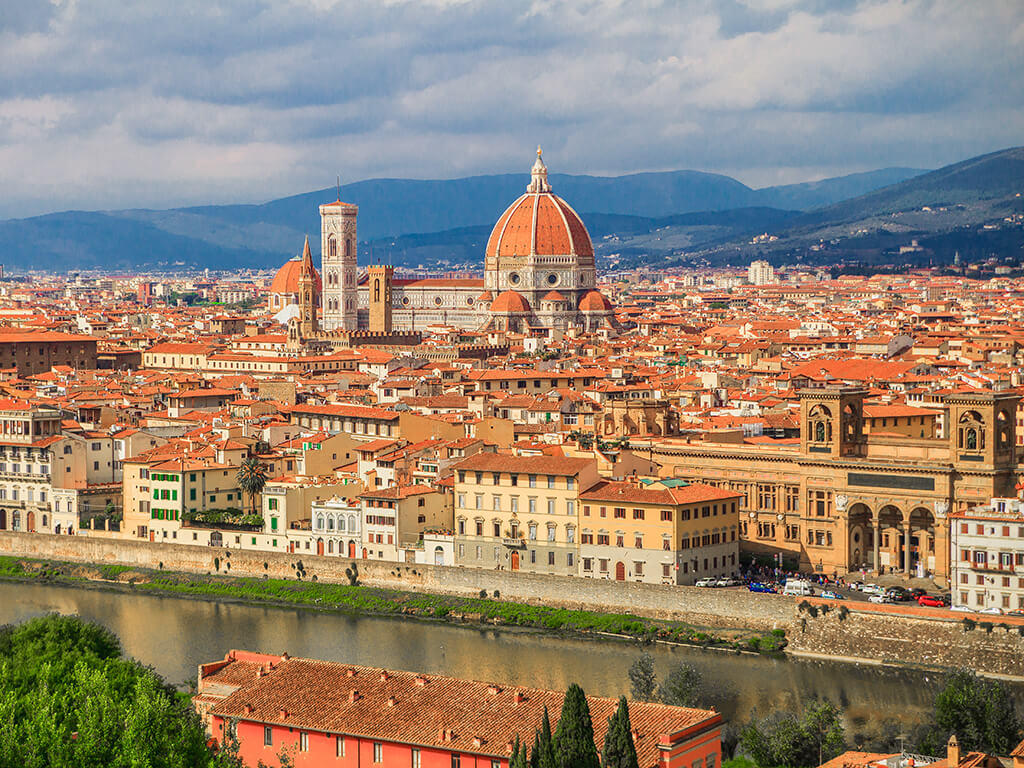The grandiose Basilica Papale di San Paolo fuori le Mura was built after the death of St Paul the Apostle. It is the second largest basilica in Rome (after St Peter’s Basilica) and is one of the five oldest churches in the city (link: The basilicas and churches of Rome). Clear some space in your itinerary because you shouldn’t pass up the chance to visit.
The basilica site was previously a huge cemetery with all manner of tombs, chapels and graves from the 1st and 3rd centuries. After St Paul was beheaded by order of Emperor Nero, the necropolis was chosen as his burial site. St Paul’s disciples raised a small chapel and, at a later date, the Emperor Constantine ordered that a basilica be built (similar to how the basilica was raised over the tomb of St Peter in the Vatican). The building was two kilometres from the wall that surrounded Vatican City. Hence the name Basilica Papale di San Paolo fuori le Mura, or Saint Paul’s Outside the Walls.
Saint Paul’s Outside the Walls, a complex history
The three emperors who took up the reins after Constantine thought the basilica paled in comparison with St Peter’s and saw fit to knock it down, replacing it with a grand basilica complete with five naves, a triumphal arch atop majestic columns, porticos and beautiful mosaics. The crossing, and the medallions with portraits of the popes hanging in the naves are quite stunning. Many of the medallions are still empty – the story goes that once they’re all filled leaving no space for the next pope, the ‘Church’ as we know it will be no more.
Repairs to the roof in 1823 caused a fire that destroyed much of the building, except the cloister which still stands today. The restoration works received support from across the world and lasted a century. The basilica was eventually declared a national monument and in 1990 was declared a World Heritage Site by UNESCO.
Vatican archaeologists began excavating the temple in 2002 and four years later found a sarcophagus dated the year 390 which was believed to contain the remains of St Paul. It had lain forgotten among the foundations of the temples that were successively built one atop the other. In 2009, the decision was finally made to examine the inside of the sarcophagus. Carbon dating suggests that the person was alive between the 1st and 2nd centuries and that the remains could therefore feasibly be those of St Paul.
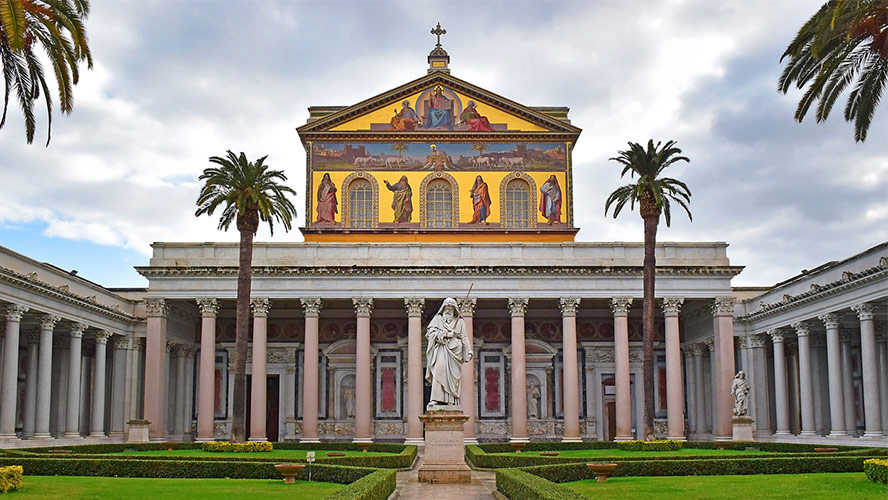
What to see in Saint Paul’s Outside the Walls
Inside the basilica, you’ll be taken aback by the size of the naves and the visible remains of the ancient temple that survived the fire. These include the ciborium atop the altar, the Easter candelabra with scenes from the Passion of Christ, the surviving fragments of the apse mosaic and the mosaic on the triumphal arch, which underwent significant restoration following the fire. The Byzantine door is a genuine relic that used to be the basilica’s main entrance. Many of the columns in the cloister were lost in the fire, but it remained standing and is now one of the main attractions. The Capilla de la Adoración boasts a valuable crucifix by the Medieval painter and mosaic designer Pietro Cavallini, as well as a much-admired wooden carving of St Paul.
Huge columns and splendid golden mosaics adorn the entire church. The internal space is divided into five naves with marble Corinthian columns. The floor of the crossing was rebuilt after the fire using beautiful marble recovered from tombstones from the old church. Take time to stop and admire the series of mosaic portraits of the popes throughout the ages, starting in the 5th century. Only 42 of the mosaics from the old church were saved. At sunset, the church atrium with its 150 columns and garden views is the place to be – watch as the sun illuminates the marble statue of St Paul that stands in the centre of the garden.
Two sets of stairs lead to the tomb of St Paul the Apostle housed below the altar and still encased between various layers of brick, stone and marble, just as it was when it was found. Only one side of the sarcophagus is visible through the protective grating. Next to the tomb, a glass floor reveals the apse of the first church. The site also preserves what is allegedly a fragment of the chains that held the apostle in his martyrdom.
Who was Saul of Tarsus
St Paul, also known as Paul the Apostle or by his Hebrew name Saul of Tarsus, was born in the 1st century in Tarsus, a historical city in Turkey. He was both Jewish and Pharisee (the latter represented a step away from the predominant religious teachings and considered themselves to have a superior philosophy). He persecuted Christians in his youth and was present at the martyrdom of St Stephen. Years later, on the road to Damascus, he had a vision of the resurrected Jesus and subsequently converted to Christianity. From that moment on, he was one of the most active apostles, right through until his beheading in Rome upon Nero’s orders.



























































